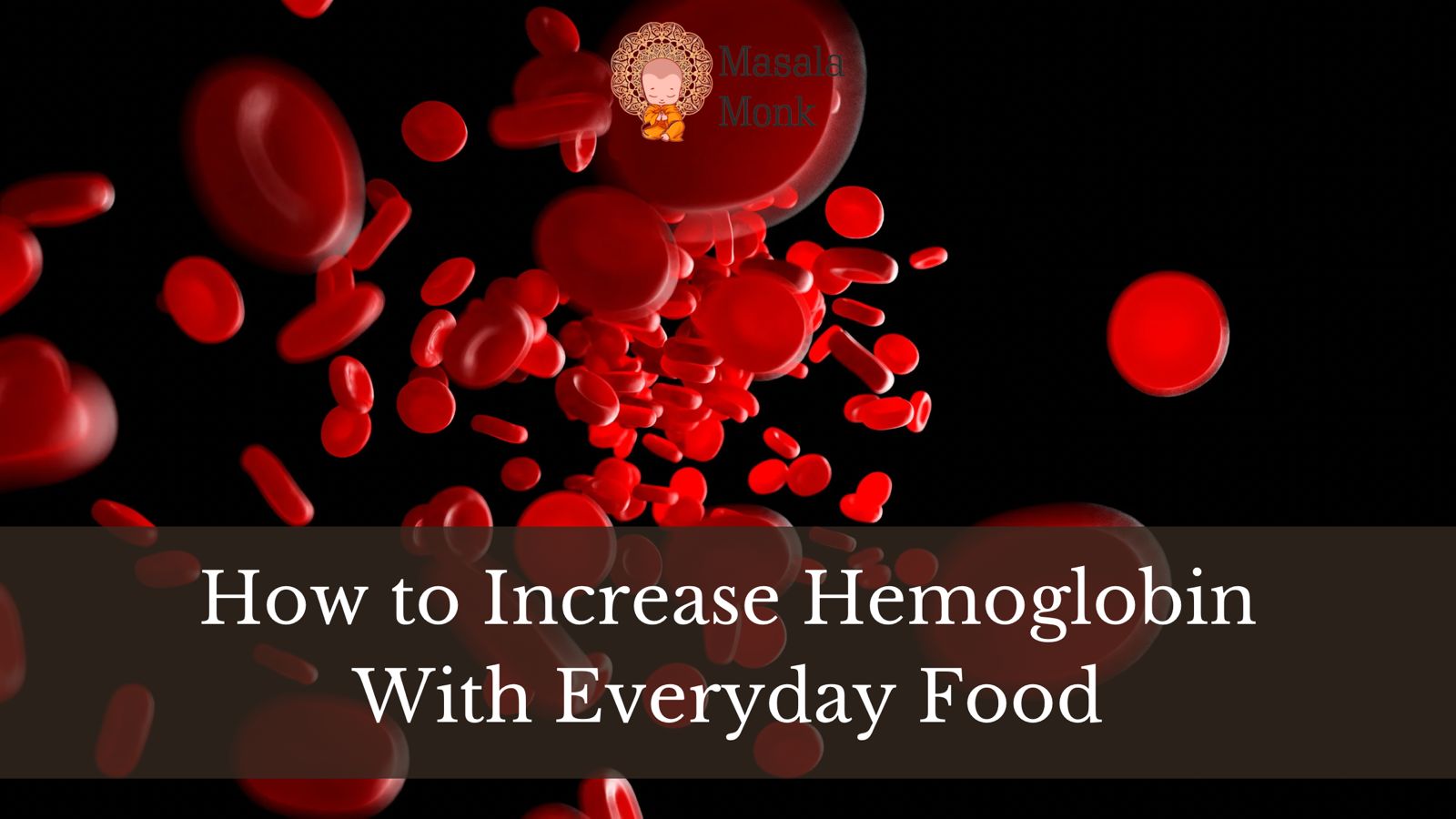
Hemoglobin is an essential iron-containing protein found in red blood cells. It plays a vital role in transporting oxygen from the lungs to the rest of the body and returning carbon dioxide from tissues back to the lungs. Low hemoglobin levels, a condition commonly associated with anemia, can leave you feeling exhausted, dizzy, and weak. But the good news is that with the right dietary and lifestyle choices, you can naturally boost your hemoglobin levels.
Symptoms of Low Hemoglobin Low hemoglobin levels can manifest in various ways. Common symptoms include:
- Fatigue and tiredness
- Pale or yellowish skin
- Shortness of breath
- Dizziness or lightheadedness
- Cold hands and feet
- Rapid heartbeat
- Headaches
If you notice these signs consistently, it’s important to get a blood test and consult a healthcare provider.
Normal Hemoglobin Ranges: Hemoglobin levels are measured in grams per deciliter (g/dL). Normal levels vary by age, sex, and overall health:
- Adult men: 14–18 g/dL
- Adult women: 12–16 g/dL
- Children: 11–13 g/dL
Causes of Low Hemoglobin Several factors can lead to low hemoglobin levels:
- Iron deficiency: The most common cause
- Vitamin deficiencies: Especially B12 and folate
- Blood loss: Due to surgery, injury, or menstruation
- Chronic diseases: Such as kidney disease
- Bone marrow disorders
- Certain medications
9 Effective Ways to Increase Hemoglobin Levels
1. Eat Iron-Rich Foods
- Boost your iron intake with foods such as:
- Red meat, poultry, and fish
- Leafy greens like spinach and kale
- Lentils and legumes
- Tofu and soy products
- Eggs
- Dried fruits like raisins and dates
2. Add Vitamin C to Your Diet Vitamin C enhances iron absorption. Include:
- Citrus fruits (oranges, lemons)
- Berries
- Tomatoes
- Bell peppers
- Broccoli
3. Include Folate-Rich Foods Folate (vitamin B9) is essential for producing red blood cells. Eat more:
- Leafy greens
- Peanuts
- Avocados
- Beans and lentils
- Bananas
4. Consume Apples and Pomegranates : Both are rich in iron and essential nutrients that help increase hemoglobin naturally.
5. Switch to Brown Rice: Brown rice is rich in iron and can be a healthy replacement for white rice to support red blood cell production.
6. Eat Dark Chocolate: High-quality dark chocolate (80% cacao or more) is a delicious way to get more iron.
7. Drink Nettle: Tea Nettle is packed with iron, vitamin C, and B vitamins, making it a great herbal remedy for low hemoglobin.
8. Avoid Iron Blockers: Certain foods and drinks can hinder iron absorption. Limit:
- Coffee and tea
- Dairy products
- Soda and cola drinks
9. Consider Iron Supplements: If diet alone isn’t enough, a healthcare provider may recommend iron supplements. These should be taken under medical supervision to avoid side effects and ensure proper dosage.
When to Consult a Doctor
If you experience symptoms like persistent fatigue, shortness of breath, or paleness, consult a healthcare provider. They may recommend:
- Blood tests to determine hemoglobin levels.
- Investigating underlying causes of anemia.
- Medical treatments or supplements as needed.
Low hemoglobin can be managed effectively through a nutrient-rich diet and lifestyle adjustments. By focusing on iron-rich foods, enhancing absorption with vitamin C, and staying aware of what to avoid, you can naturally and safely boost your hemoglobin levels. If symptoms persist or your levels remain low, consult a healthcare professional for tailored guidance and possible supplementation.
Your blood health is the foundation of your vitality start nourishing it today!
FAQs:
1. What is the fastest way to increase hemoglobin levels?
The quickest way is often through iron supplements prescribed by a doctor, along with consuming iron-rich foods like red meat, spinach, and lentils paired with vitamin C for better absorption
2. Can low hemoglobin be corrected naturally?
Yes, mild to moderate hemoglobin deficiency can often be improved through dietary changes, such as increasing iron, folate, and vitamin B12 intake, along with regular exercise.
3. How long does it take to raise hemoglobin levels?
With proper treatment and diet, it can take 4 to 6 weeks to notice an increase. In severe cases, it may take up to 3 months or more depending on the underlying cause.
4. What foods block iron absorption?
Tea, coffee, dairy, and foods high in calcium can inhibit iron absorption. Try to avoid these around iron-rich meals.
5. Is low hemoglobin the same as anemia?
Yes, anemia is a condition where your hemoglobin levels are lower than normal, which reduces your blood’s ability to carry oxygen.
6. Are there any symptoms of low hemoglobin?
Common symptoms include:
- Fatigue or weakness
- Pale or yellowish skin
- Shortness of breath
- Dizziness or lightheadedness
- Rapid heartbeat
7. Do vegetarians have lower hemoglobin levels?
Vegetarians may be more prone to iron deficiency since they don’t consume heme iron (found in animal products), but they can maintain healthy hemoglobin by eating plant-based iron-rich foods with vitamin C and considering supplements if needed.
8. Is it safe to take iron supplements daily?
Only take iron supplements if recommended by a doctor. Excess iron can cause constipation, nausea, or more serious issues like iron overload.
9. What drink increases hemoglobin?
Beetroot juice, pomegranate juice, and spinach smoothies combined with lemon (vitamin C) can support hemoglobin production naturally.
10. Can stress lower hemoglobin?
Chronic stress can affect overall health, including disrupting red blood cell production, which may indirectly lower hemoglobin levels.









